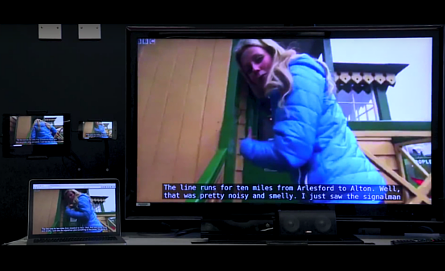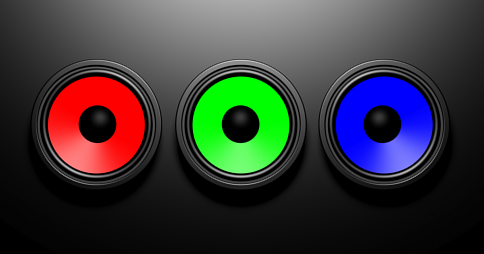TV terms
Looking forward with access at BCA
no
Show on home page

Dr Hollier is a well-known international expert and his presentation will cover a wide range of access technology following the convention theme of “Looking Forward Looking Back - Celebrating 40 Years of Achievement.”
Taxonomy:
Top of page
At home in the caption lab
Audio description trialled on Thai TV
European group looks at the accessibility possibilities of HbbTV
US cable company launches talking TV guide
no
Show on home page

The ‘talking guide’, which features a female voice, reads out program titles and other information, network names, time slots and settings. It will be made available to all Comcast customers in the next few weeks.
Taxonomy:
Top of page








